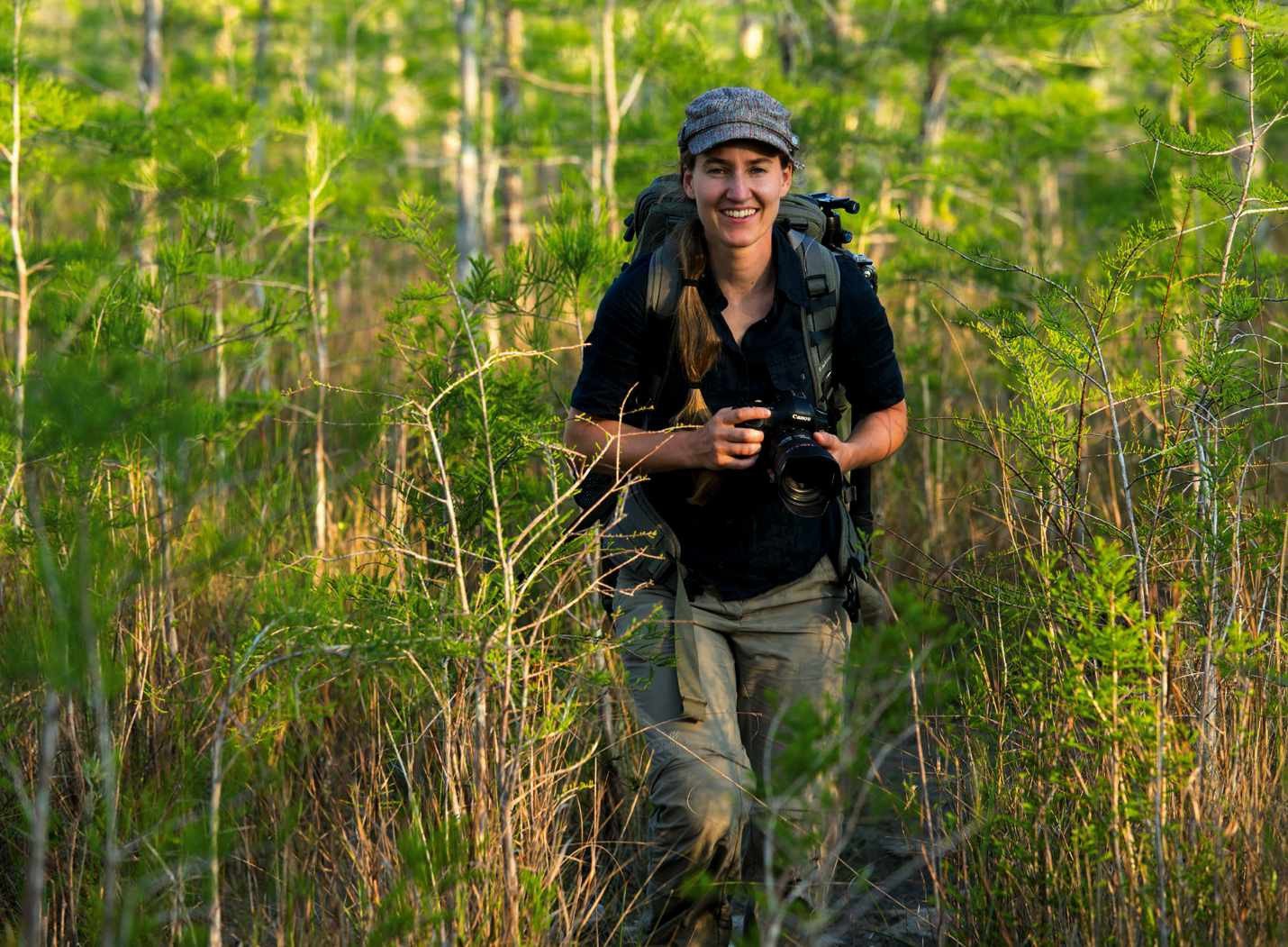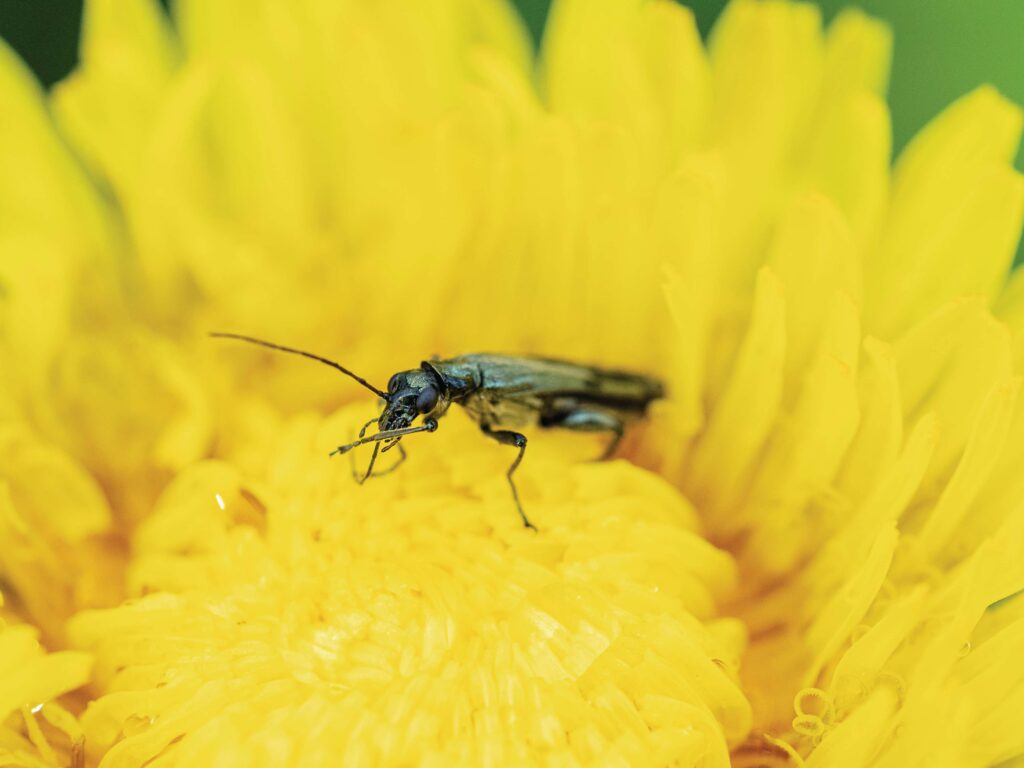WITH BBC WILDLIFE PICTURE EDITOR TOM GILKS
Christine Sonvilla on troublesome flies and sociable musk oxen

How did you get into wildlife photography?
I’d always wanted to be a marine scientist, but realised that visual storytelling suited me better. I then met my partner in life and work, Marc, a photographer – I was hooked.
What’s your second-choice career?
A time-travelling marine biologist. I would have loved to explore the oceans around the time of Austrian diving pioneer Hans Hass.
Which shot is most important to you?
A camera-trap image of a European wildcat in the Wachau, Austria. It was the first high-resolution photo since the species’ reappearance in the country.
Has anything ever tried to eat you?
Yes. I was lying on the sand in a bikini to photograph fiddler crabs on Marco Island, Florida, and I forgot about the ‘no-see-ums’. My entire body itched for a week.
Have you had any exciting encounters?
Once, photographing a group of musk oxen in Norway, I was so immersed in the changing light conditions that I didn’t see another group approaching. By the time I did, retreating was not an option, so I had to crouch behind my tripod. Two stopped metres away and started chewing on dwarf willow. It was exciting but terrifying.
Have you lost any gear to wildlife?
We once set a camera trap on a forest road used by bears at night. In the morning we found it 10 metres away in a bush. One bear clearly didn’t want to be photographed.
Of the carnivores you’ve photographed, which has been most challenging?
Wolves! We spent a year negotiating permission to document the pack that had colonised an Austrian army base, but were turned down. So, we tried to photograph those on the German-Polish border instead. After three trips, each lasting a couple of weeks, we finally managed a few wolf shots.
Any advice for budding photographers?
Don’t take no for an answer. In my experience there’s always a way!
Christine is a photographer from Austria. See her work at sonvilla-graf.com

How to improve your insect photography
With so many insects on the wing this month, it’s a great time to practice your macro photography skills. We asked wildlife photographer and photography tutor Ross Hoddinott for his top tips.
• CONSIDER YOUR BACKGROUND “What you exclude from your image is often as important as what you actually feature. Always make sure to keep an eye on the background – amessy, cluttered or distracting backdrop will draw the viewer’s eye away from the subject.”
• MANIPULATE LIGHT “If you are centimetres from your subject, flash can prove impractical, harsh or unnatural. Where possible, use reflected light. Employ a small reflector (or card covered in tin foil) to bounce light onto your subject.”
• THINK ABOUT CONTEXT “It can be tempting to fill the entire frame with your subject, but placing it in context with its natural surroundings will often create a stronger, more aesthetically pleasing image.”
From badgers to bluebells, find lots of advice at discoverwildlife. com/how-to/photograph-wildlife.